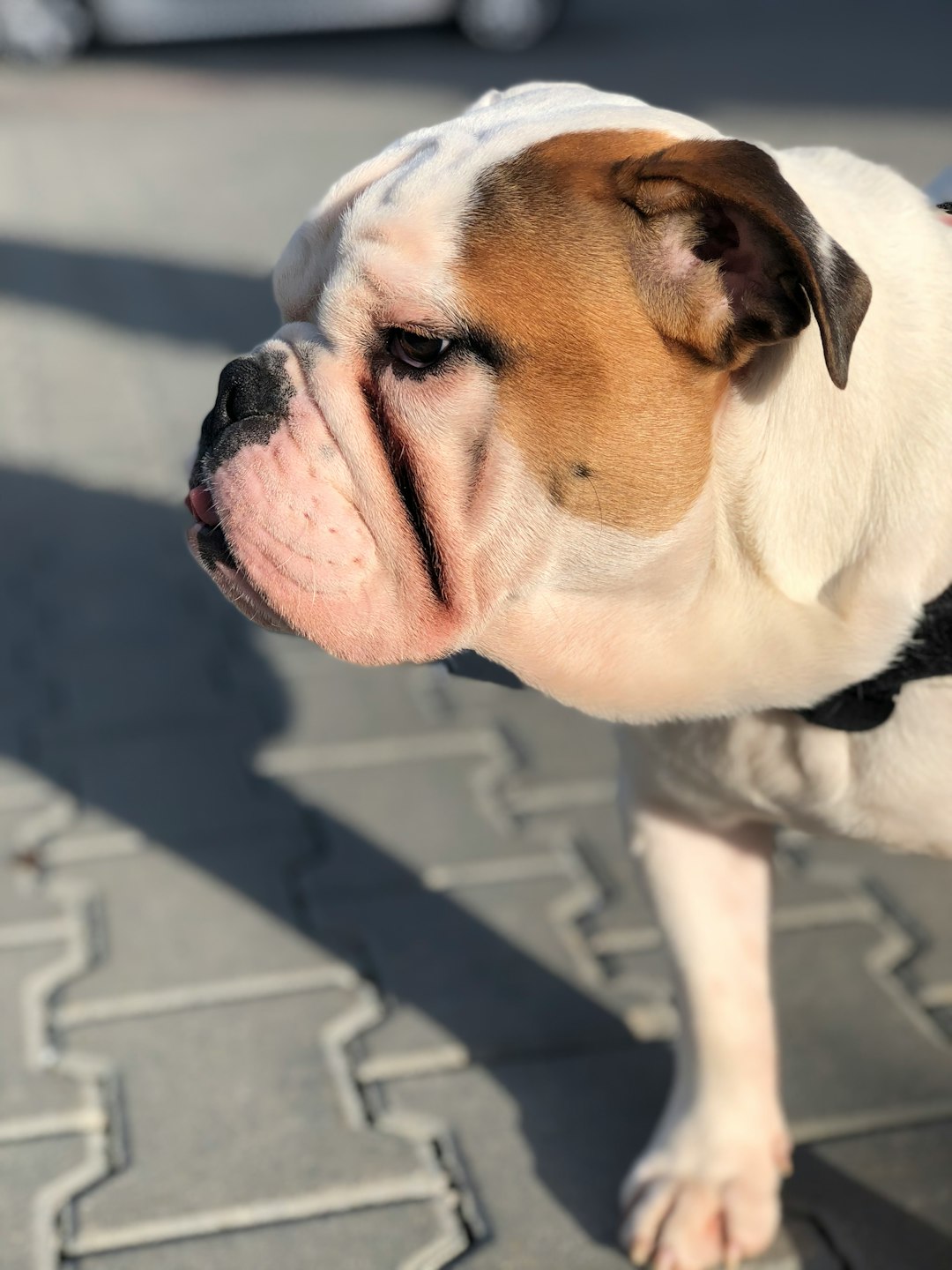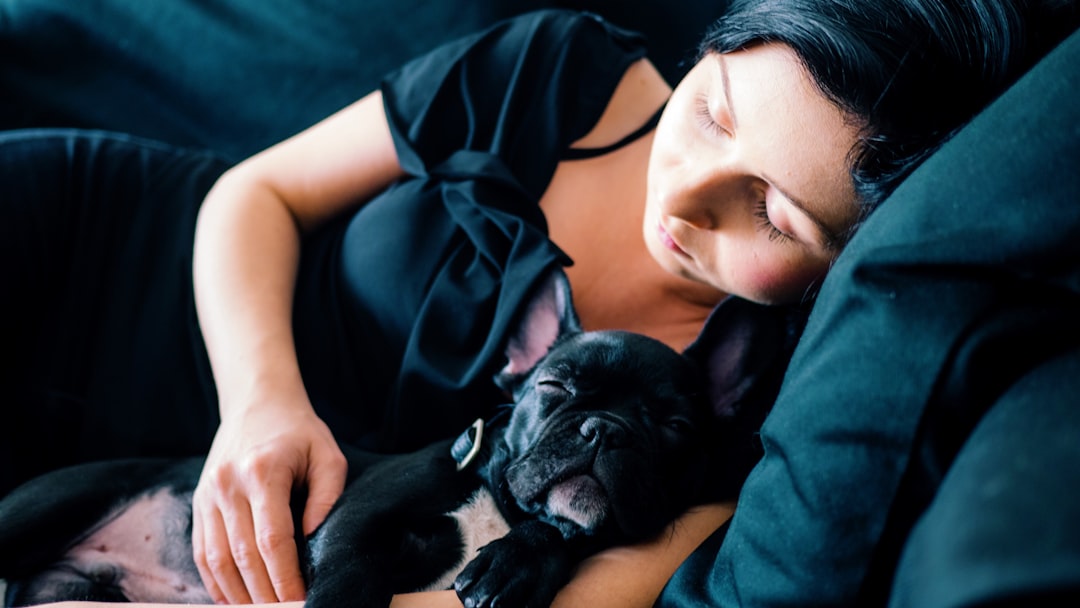Dog hiccups may seem like a trivial quirk, but understanding their underlying causes is crucial for every pet owner. From excitement to dietary habits, various factors contribute to this peculiar phenomenon. Recognizing signs and knowing when to seek help can make all the difference in your dog’s well-being. As such, tackling the myths and facts around why dogs hiccup will empower you to manage these episodes effectively. Stay tuned, as we delve deeper into the anatomy of dog hiccups and uncover the solutions you need to ensure your furry friend remains comfortable and happy.
Understanding the Anatomy of Dog Hiccups
To truly comprehend dog hiccups, we must explore how they occur. Hiccups result from involuntary contractions of the diaphragm—the muscle that separates the chest from the abdomen.
Here’s a breakdown of the process:
- Initial Trigger: A sudden intake of air or excitement can cause the diaphragm to spasm.
- Vocal Cords Close: As the diaphragm contracts, the vocal cords swiftly close, producing the characteristic “hic” sound.
- Repeat Action: This series of contractions and closures repeats, leading to what we commonly recognize as hiccups.
Key Components of Dog Hiccups:
| Component | Description |
|---|---|
| Diaphragm | Main muscle responsible for breathing |
| Vocal Cords | Create sound when the diaphragm spasms |
| Brain Signals | Control the involuntary spasms of hiccups |
Understanding the anatomy helps in recognizing that dog hiccups are mostly harmless. However, if they persist, it’s essential to investigate potential underlying issues. Thus, knowing how this mechanism works reassures dog owners that these fits, while often funny, are usually nothing to fret about!
Common Causes of Hiccups in Dogs
Understanding the common causes of dog hiccups is essential for any pet owner. These involuntary spasms can originate from various factors. Notably, here are the most frequent triggers:
- Excitement or Stress: Dogs often experience hiccups during high-energy moments, whether it’s playtime or a stressful event, like a vet visit.
- Eating Habits: Rapid eating leads to gulping air, which can irritate the diaphragm and cause dog hiccups.
- Temperature Changes: Sudden shifts in temperature, such as drinking cold water after exercise, may also induce hiccups.
- Gastrointestinal Issues: Disorders related to the stomach can lead to hiccups as air presses up against the diaphragm.
| Cause | Description | Likelihood of Hiccups |
|---|---|---|
| Excitement or Stress | Spasms triggered by emotional states | High |
| Eating Habits | Rapid gulping of food and air | Moderate |
| Temperature Changes | Sudden shifts in food/drink temperature | Low |
| Gastrointestinal Issues | Stomach issues affecting diaphragm | Moderate |
In recognizing these causes, you can address potential triggers and manage your dog’s hiccups more effectively.
How Stress and Excitement Trigger Hiccups
Dog hiccups can often be linked to moments of stress and excitement. Understanding the connection between these emotional triggers and hiccups will help you manage your dog’s well-being. Here’s how stress and excitement come into play:
- Sudden Changes: New environments can heighten anxiety, leading to dog hiccups.
- Playtime Overdrive: Intense play sessions or visits to the park can excite dogs, resulting in unexpected hiccups.
- Loud Noises: Fireworks or thunderstorms can stress dogs, causing them to hiccup as a physical response.
Key Points to Consider:
- Frequency: If hiccups frequently occur during stressful moments, it might indicate your dog’s heightened sensitivity.
- Duration: Short bursts of hiccups are usually harmless; however, prolonged episodes may require attention.
By recognizing these stressors, you can create a calmer environment for your dog, potentially reducing instances of dog hiccups. Stay observant—your proactive approach could enhance their quality of life!
The Role of Eating Habits in Canine Hiccups
Eating habits significantly influence the occurrence of dog hiccups. Here’s how:
- Eating Too Quickly: When dogs gobble their food, they often swallow excess air. This trapped air can lead to spasms of the diaphragm, causing those pesky hiccups.
- Overeating: Like in humans, overeating can stretch the stomach and irritate the diaphragm, escalating the chances of hiccups.
- Exciting Meal Times: A dog’s excitement around meal times can also lead to rapid eating, triggering hiccups.
Comparison of Eating Behaviors and Hiccup Occurrence
| Eating Behavior | Frequency of Dog Hiccups | Notes |
|---|---|---|
| Slow Eaters | Rare | Enjoy meals; less air swallowed. |
| Fast Eaters | Common | Swallow more air; more prone to hiccups. |
| Eating Large Portions | Common | Increased stomach pressure leads to diaphragm spasms. |
To manage dog hiccups related to eating habits, consider these tips:
- Slow Feeders: Use special bowls designed to slow down eating.
- Smaller Portions: Divide meals into smaller, more frequent servings to prevent overeating.
By adjusting your dog’s eating habits, you can reduce the frequency of dog hiccups and promote a healthier digestive process.
Signs That Your Dog Is Hiccupping
Recognizing dog hiccups is crucial for your pet’s comfort and well-being. Fortunately, hiccups in dogs typically manifest through recognizable signs. Pay attention to the following indicators:
- Involuntary Spasms: Watch for sudden, rhythmic contractions of the diaphragm, often accompanied by a sound similar to a gasp.
- Breathing Changes: Notice if your dog’s breathing becomes irregular or if it seems to have short, quick breaths.
- Coughing or Gagging: Some dogs may cough or gag as they hiccup, which can be concerning. However, this is usually harmless.
- Body Language: Observe your dog’s posture. They might appear startled or confused, and their ears may perk up or flatten.
If you notice these signs, remain calm. While dog hiccups are generally normal, monitoring your dog’s behavior is essential. If hiccups persist or accompany other worrisome symptoms—like lethargy or distress—consult your veterinarian. Quick action ensures your furry companion stays healthy and happy!
When Are Hiccups a Cause for Concern?
Not all dog hiccups warrant immediate worry; however, certain signs indicate that you should take action. Consider the following scenarios:
- Duration: If your dog’s hiccups persist for more than a few minutes, consult a vet.
- Accompanying Symptoms: Hiccups linked with excessive panting, drooling, or signs of distress can signal discomfort.
- Frequency: Frequent hiccupping after every meal or almost daily may indicate an underlying issue.
- Changes in Behavior: If your dog exhibits lethargy, loss of appetite, or other behavioral changes alongside hiccups, be proactive.
| Symptoms | Cause for Concern? |
|---|---|
| Hiccups lasting over 5 minutes | Yes |
| Panting and drooling | Yes |
| Occasional hiccups | No |
Being vigilant about your dog’s health means knowing when to act. If you notice concerning symptoms along with dog hiccups, don’t hesitate to reach out to a veterinarian. Early intervention can ensure your furry friend stays happy and healthy.
Home Remedies to Alleviate Hiccups in Dogs
When it comes to dog hiccups, several simple home remedies can provide relief. Here are some effective strategies you can try:
- Water Intake: Encourage your dog to drink small amounts of water. This can help relax the diaphragm and reduce hiccups.
- Change Position: If your dog is sitting, encourage them to lie down or stand. Altering their posture can alleviate the pressure causing the hiccups.
- Slow Down Eating: If your dog tends to eat quickly, use a slow-feed bowl or place a ball in their dish to encourage slow eating habits. This reduces the likelihood of inducing dog hiccups.
- Distraction: Engage your dog in a playful activity or provide a favorite toy. Sometimes, distraction helps reset the diaphragm.
- Massage: Gently massaging your dog’s abdomen may soothe their diaphragm and relieve hiccups.
Here’s a quick comparison of the remedies:
| Remedy | Ease of Implementation | Effectiveness |
|---|---|---|
| Water Intake | Easy | Moderate |
| Change Position | Easy | High |
| Slow Down Eating | Moderate | High |
| Distraction | Easy | Moderate |
| Massage | Moderate | High |
By taking these steps, you can effectively manage and alleviate your dog’s hiccups at home!
Preventative Measures to Reduce Hiccups
Preventing dog hiccups is essential to ensure your furry friend stays comfortable and stress-free. Here are effective strategies you can implement:
- Monitor Eating Speed:
- Use slow feeders or puzzle toys to encourage slower eating.
- Break meals into smaller portions to prevent gulping.
- Maintain a Calm Environment:
- Create a relaxing atmosphere, especially during feeding time.
- Minimize loud noises and distractions that may stress your dog.
- Stay Hydrated:
- Ensure your dog has access to fresh water.
- Hydration can help mitigate hiccups after vigorous play.
- Control Excitement Levels:
- Teach commands for calmness, especially during exciting events.
- Engage in steady, low-energy play before meals.
- Regular Vet Check-ups:
- Schedule routine vet visits to rule out underlying health issues related to dog hiccups.
In conclusion, proactively addressing these factors can vastly reduce the frequency of dog hiccups. Your efforts will lead to a more comfortable and cheerful companion!
Veterinary Treatments for Persistent Hiccups
If your dog experiences chronic hiccups, you should consult your veterinarian. While most dog hiccups are harmless, persistent cases might indicate underlying issues. Here are some potential veterinary treatments:
- Medication: Anti-anxiety medications can help reduce stress that triggers hiccups.
- Dietary Adjustments: A vet may recommend a change in diet if your dog’s hiccups are due to eating too quickly.
- Behavioral Therapy: In cases where stress or excitement leads to regular hiccups, a veterinarian might suggest behavioral interventions.
Temporary vs. Persistent Hiccups
| Type of Hiccups | Duration | Concern Level | Recommended Action |
|---|---|---|---|
| Temporary Hiccups | Short (few minutes) | Low | Monitor and reassure |
| Persistent Hiccups | Extended (hours) | Medium to High | Consult veterinary specialists |
Always closely monitor your dog’s health. If you notice any unusual signs alongside dog hiccups, such as vomiting or lethargy, immediate veterinary consultation is crucial. Remember, early detection of any potential issues can ensure your furry friend stays happy and healthy!
Conclusion: Managing and Understanding Your Dog’s Hiccups
In conclusion, managing dog hiccups requires a proactive and informed approach. Understanding the underlying causes can help you provide better care for your furry friend. Here’s a quick recap of essential points:
- Stay Observant: Regularly monitor your dog’s behavior. If you notice frequent dog hiccups or unusual patterns, take note.
- Evaluate Their Environment: Stress and excitement can trigger hiccups. Create a calm space for your pet during high-energy moments.
- Adjust Feeding Habits: If your dog hiccups after meals, consider slowing down their eating pace. Use puzzle feeders or divide meals into smaller portions.
- Know When to Act: Contact your veterinarian if hiccups persist beyond a few hours or accompany vomiting or lethargy.
By implementing these strategies, you can help reduce the frequency of dog hiccups and enhance your pet’s quality of life. Remember, understanding and managing your dog’s hiccups means a happier, healthier pup. Don’t hesitate; an observant owner is the best line of defense against common canine issues!



